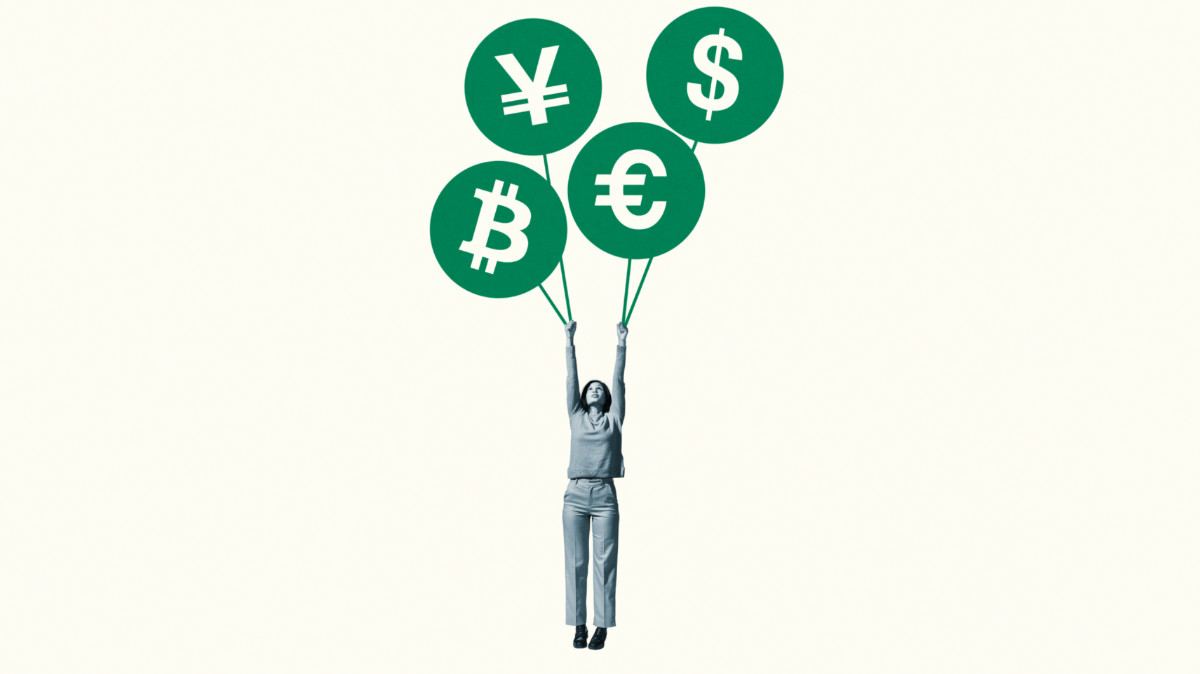Here’s how to invest in the forex markets via the ASX; and where they might go from here

It's possible to get exposure to the forex markets on the ASX
Gaining exposure to the foreign exchange (or forex) markets on the ASX isn’t as hard as you may think.
The global forex market is the biggest financial market in the world with a daily volume of over US$6 trillion. It impacts essentially any ASX company with operations in more than one country and also the prices of commodities in Australia.
But just how can you gain exposure on the ASX?
There is only one pure play forex company listed, in OFX (ASX:OFX) which specialises in money transfers as well as forex risk management services such as forward contracts (whereby an exchange rate is secured well in advance for a particular transaction).
OFX’s Head of Australia and New Zealand Michael Judge says there has been strong demand for the latter.
He argued the 11-year bull run that preceded COVID-19 led to a sense of complacency among some businesses, but that has been shattered since COVID-19 broke out.
“We have seen a prolonged period of instability – a heightened level of uncertainty around business conditions and consumer demand and as a result a lot of that instability has promoted the use of FX risk management,” Judge said.
However there are dozens of banking and payments stocks in this trade ranging from Australia’s Big 4 banks to small caps such as Peppermint Innovation (ASX:PIL) and Smartpay (ASX:AMP).
ETFs
If you wanted to have exposure to currency fluctuations on the ASX then there are several ETFs that are attached to certain currencies.
BetaShares has ETFs for the USD (ASX:USD), Japanese Yen (ASX:HJPN), Euro (ASX:HEUR) and the British Pound (ASX:POU).
All of these are designed to follow the currency exactly in relation to the AUD. So if the relevant currency goes up 10 per cent against the A$ the Fund is designed to go up 10 per cent too and vice versa.
With the Aussie dollar strengthening all these ASX forex ETFs are down on a 12-month basis with the exemption of the Yen-focused ETF.
BetaShares currency ETFs price chart
Where will forex markets go from here?
Stockhead asked OFX’s Judge for his views on where the Aussie dollar was headed.
He said there’d be two critical factors that would answer this question and both supported further upside to the AUD.
“First is domestic interest rates or interest rate differentials – where the RBA has fixed interest rates at the moment,” he said.
“I think that narrative is going to be supportive of the AUD not just hanging around but potentially creeping a bit higher.
“I think the 2nd data point is where commodity prices sit today – we know the AU is set to copper prices and the ion ore price as well.
“The potential acknowledgement around that linkage is the last time the AUD was close to 80 cents, commodity prices were higher than they are today.”
At Stockhead, we tell it like it is. While Peppermint Innovations is a Stockhead advertiser, it did not sponsor this article.
UNLOCK INSIGHTS
Discover the untold stories of emerging ASX stocks.
Daily news and expert analysis, it's free to subscribe.
By proceeding, you confirm you understand that we handle personal information in accordance with our Privacy Policy.








